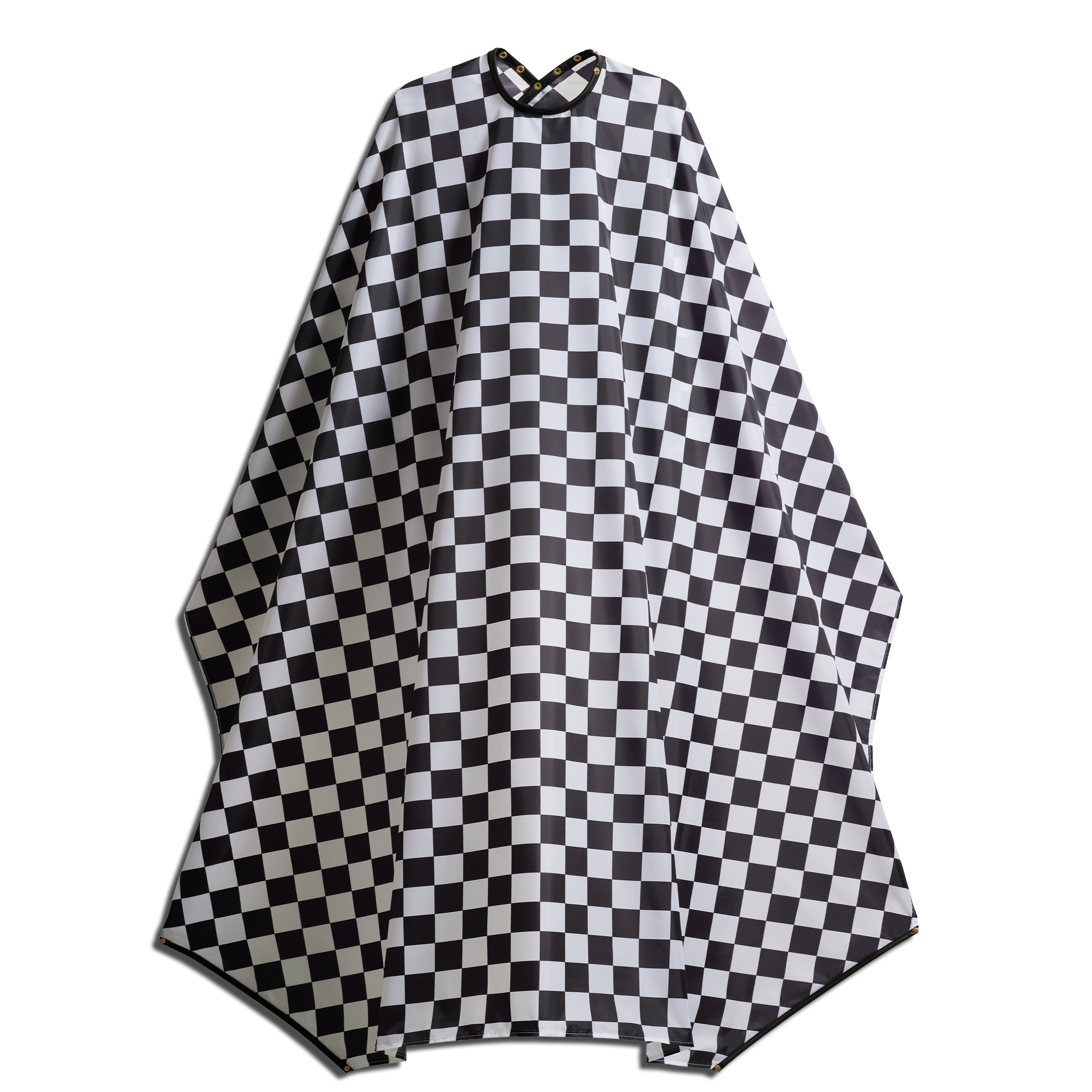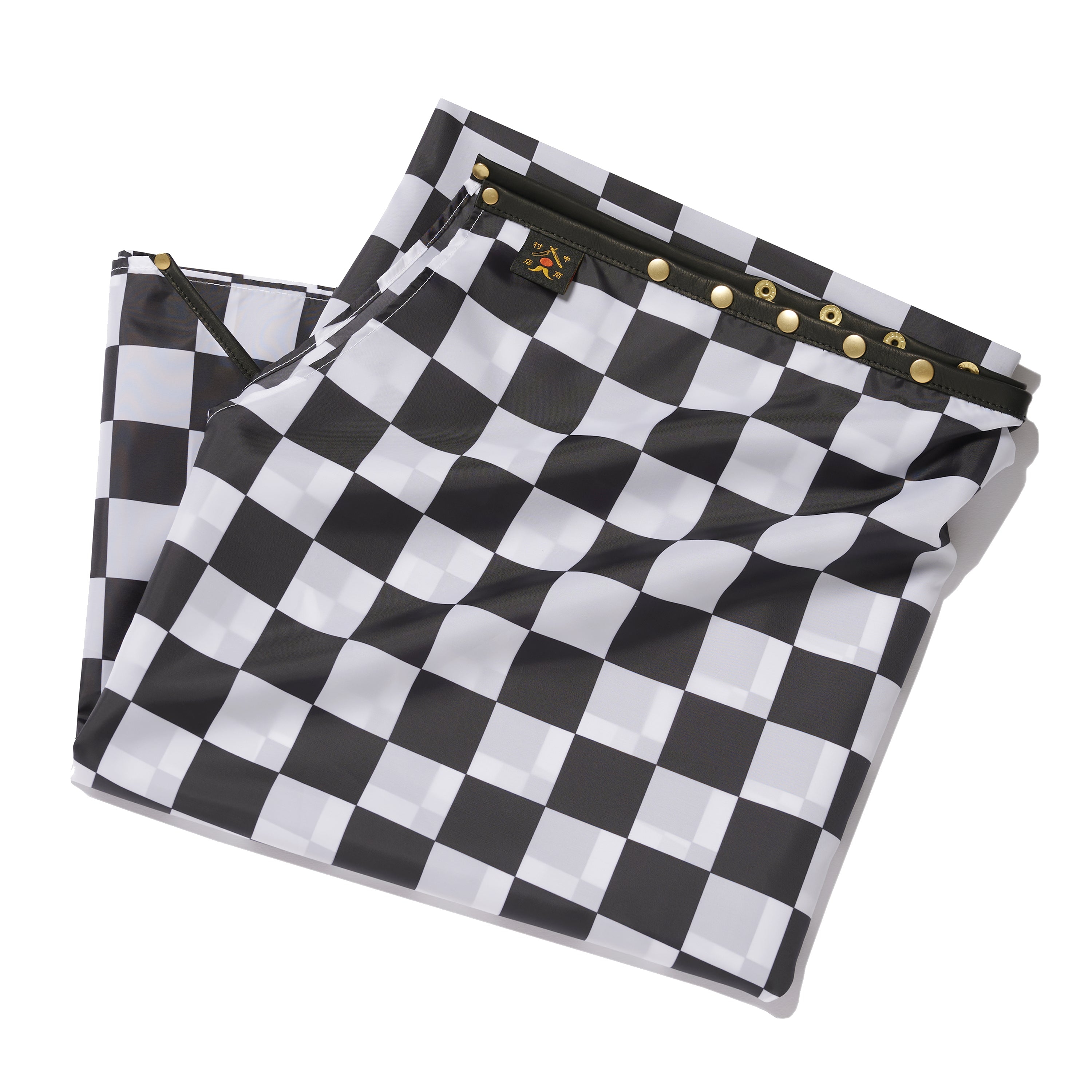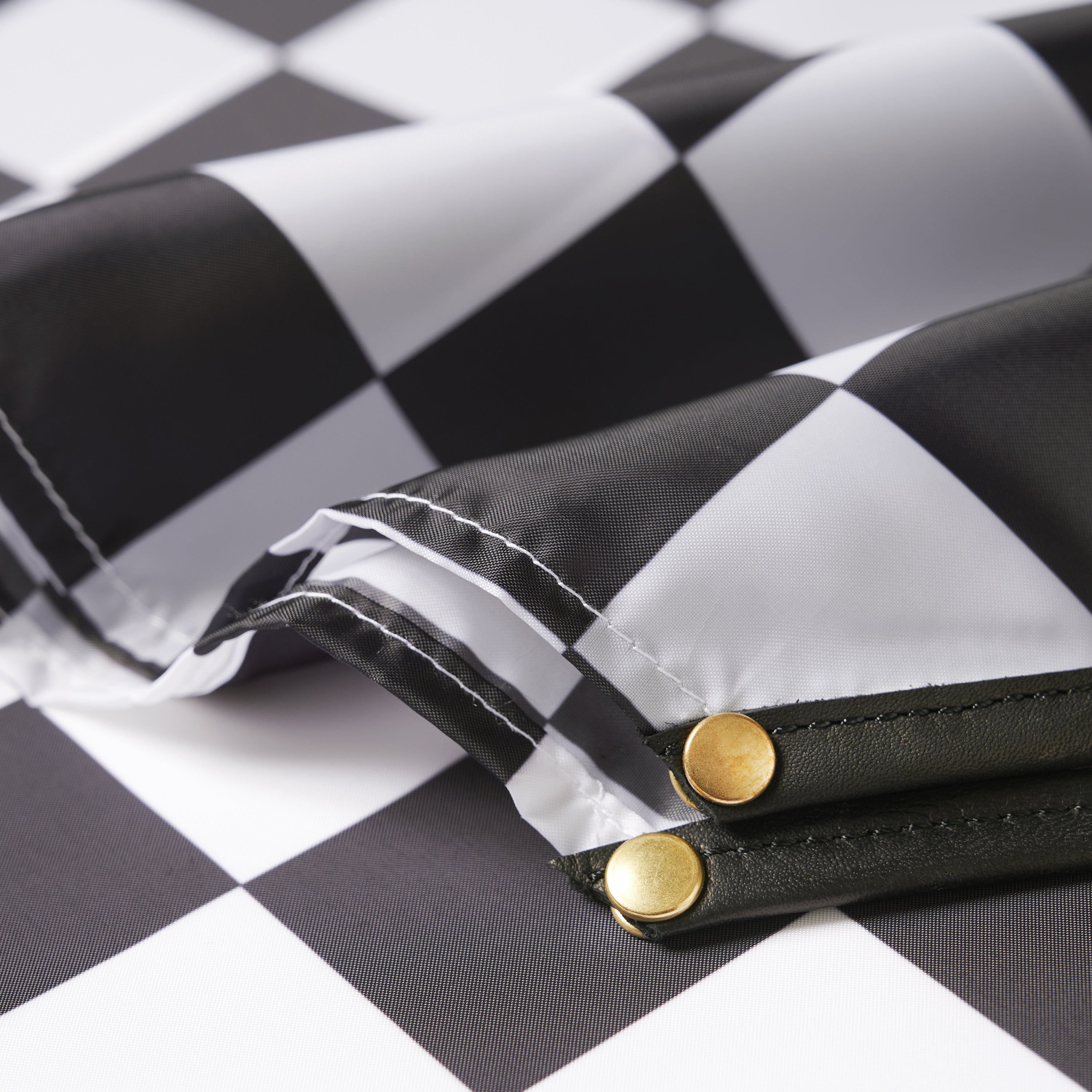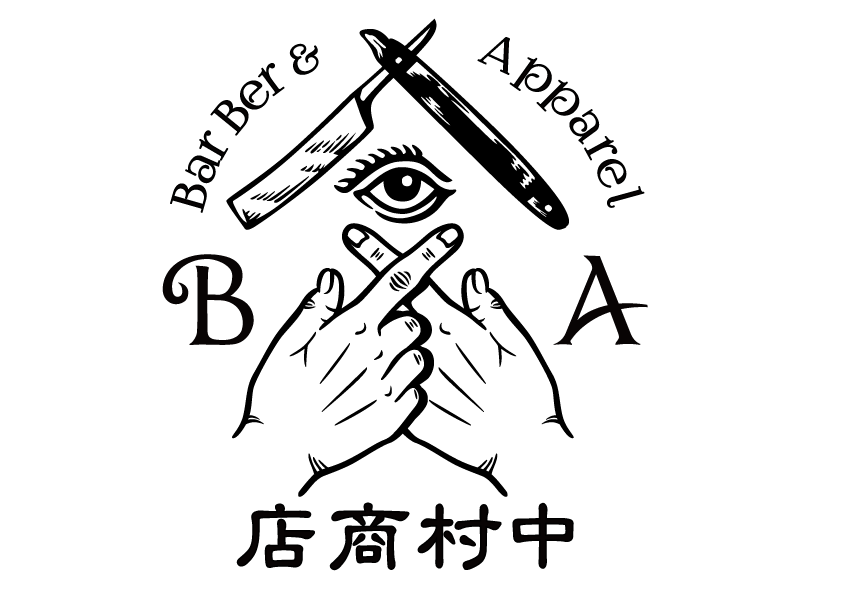



Checkered
Checkered flag pattern
Pairs well together

Checkered
If you have any questions, please contact us anytime. We will reply as soon as possible, within 48 hours on weekdays.
-
Shipping Information
Our products are carefully crafted by craftsmen one by one after receiving an order, so it takes about 6 to 8 weeks from order to delivery. We appreciate your understanding that it will take some time for delivery.
-
Customer Support
Our support is always from the customer's perspective, striving to provide a better experience.
-
FAQ's
FAQ
Specification
⚠️ Shipping
Our products are carefully crafted by craftsmen one by one after receiving an order, so it takes about 6 to 8 weeks from order to delivery. We appreciate your understanding that it will take some time for delivery.
size
145(57in) *200(78in)cm
material
Fabric: Polyester
Button: Brass
Product photo color
We do our best to make the product images as close to the actual colors as possible, but the colors may differ from the actual product depending on your monitor settings and room lighting.
If you have any concerns about the color, please contact us in advance.
hello@nakamura-shop.com
Washing and care
- It can be washed by hand at a maximum water temperature of 40 degrees.
- Wash with water. If the item becomes dirty, wash it with a mild detergent.
- Do not use oxygen or chlorine bleach.
- Do not dry in a dryer.
- Dry in the shade away from direct sunlight.
- Also, hang the item on a sturdy hanger while it is still wet without spin-drying or wringing it out.
- Please adjust the shape of the leather patch and hang it to dry.
- Do not dry clean.

